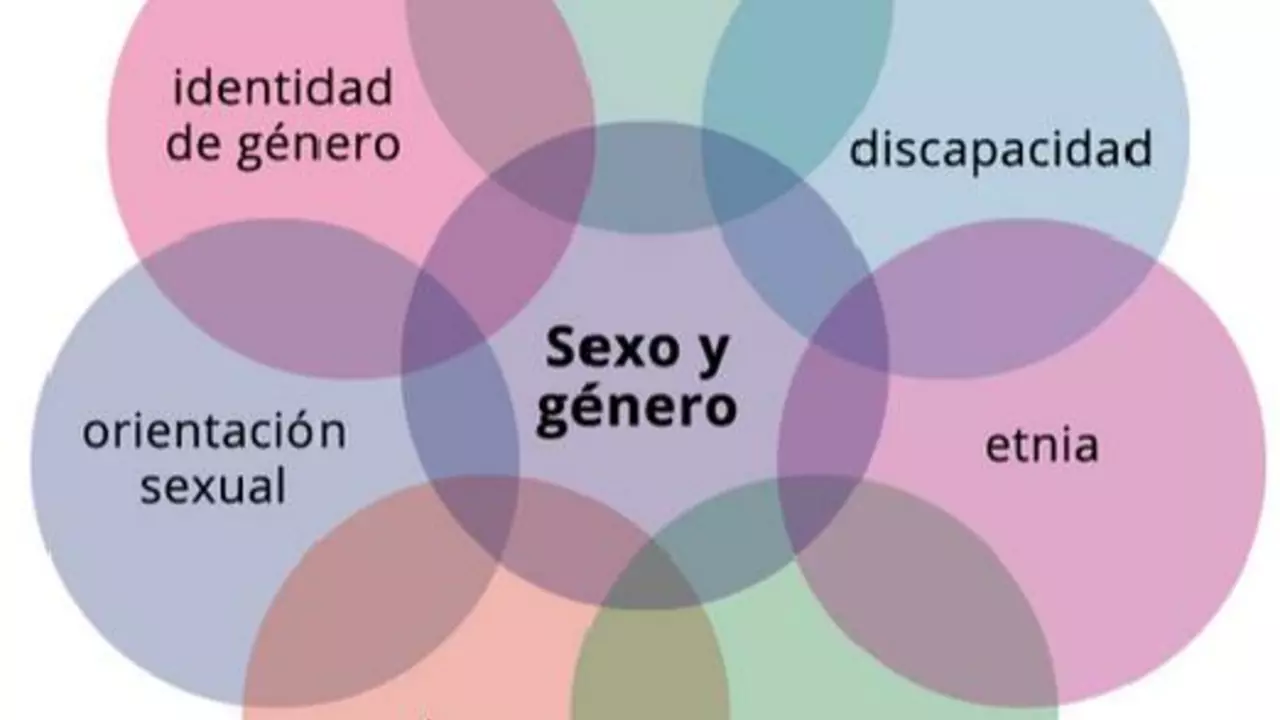Gender Inequality: What It Looks Like and How to Change It
Gender inequality means people face different chances, pay, safety, or respect because of their gender. You don't need statistics to feel it: a woman getting interrupted in meetings, a girl pushed out of school, or unpaid household work falling mostly on women — these are everyday signs. Understanding where the gaps are helps you spot unfairness and act where it actually matters.
Where gender gaps show up
Workplaces: Women often earn less than men for similar work and are underrepresented in leadership. Hiring and promotion decisions can favour people who fit a narrow idea of professionalism — which often mirrors men's experiences.
Home and unpaid care: Care work — cooking, cleaning, looking after kids or elders — still falls mainly on women. That limits time for paid work, study, or rest. It’s invisible work but it shapes career paths and stress levels.
Education and skills: In many places girls start school later, drop out early, or study subjects that limit future options. When families must choose, girls are sometimes asked to sacrifice education first.
Safety and health: Gender-based violence and poor access to reproductive health services hit girls and women hard. Fear of harassment or violence reduces mobility and job choices.
Real, practical steps you can take now
If you run a team: build fair hiring and review practices. Use clear job criteria, anonymise resumes where possible, and run regular pay audits. Offer flexible hours and parental leave for all genders so caregiving is shared.
If you work in a community or school: push for safe spaces, scholarships for girls, and mentorship programs. Practical changes — safe transport, separate sanitation, and evening classes — keep girls in school.
At home: divide chores out loud. Say who will do what and rotate tasks. When caregiving roles are shared, both partners can pursue careers without one person bearing most of the burden.
As an individual: call out unfair behaviour calmly and specifically. Sponsor someone younger or less visible for opportunities. Vote and back policies that increase access to childcare, equal pay rules, and protections against harassment.
For companies and organisations: measure what you care about. Track hiring pipelines, promotion rates, and exit reasons by gender. Small, regular data checks reveal patterns early and let you act before problems get entrenched.
Change takes time, but simple actions add up. When schools, employers, families, and leaders shift practices, opportunities open for half the population that’s too often held back. Want a quick start? Share household tasks this week, suggest a blind resume trial at work, or support a local program for girls’ education. Little steps change daily life; repeated, they change systems.

Do you think Times of India is sexist?
In my recent exploration, I've been pondering over whether the Times of India exhibits sexist tendencies. There are arguments that TOI, India's largest circulated English daily, often portrays women in a stereotypical or objectified way. On the other hand, the newspaper also has sections dedicated to women empowerment and gender equality. This presents a conflicting image, making it difficult to definitively label the publication as sexist. I believe the conversation requires a more in-depth analysis of the newspaper's content, context and intent.